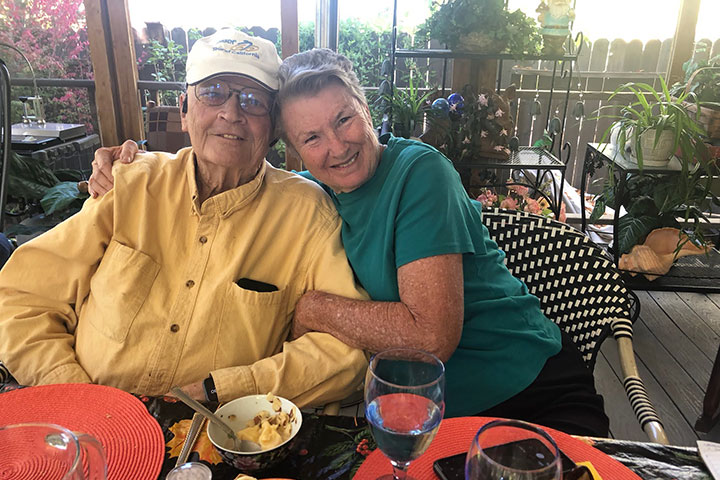Exploring Treatment Options: My Journey to Discover the Best Solutions

In the early months of 2014, David Shell began experiencing alarming symptoms, including severe itching and noticeable jaundice. His health rapidly declined, leading him to spend nearly all his days in bed, barely able to eat. After a series of tests, he faced the terrifying possibility of pancreatic cancer, but an initial pathology report brought a glimmer of hope, confirming no cancer was detected. However, as his condition worsened, the quest for a definitive diagnosis continued.
Struggles with Diagnosis
Despite the initial relief, David’s symptoms persisted, prompting multiple trips to the emergency room. He underwent various tests, including MRIs, CT scans, and biopsies. Ultimately, he was diagnosed with autoimmune pancreatitis, but the cancer remained elusive. Dr. William Steinberg, his gastroenterologist, expressed frustration, stating, “It looks like cancer and smells like cancer, but we can’t find the cancer.”
In July 2014, David sought answers at the Mayo Clinic, where he finally received a devastating diagnosis: pancreatic cancer. After seven months of uncertainty, he learned that the cancer had not yet spread, which offered a glimmer of hope amid a grim prognosis.
Navigating Treatment Options
Residing near Washington, D.C., David consulted with Dr. John Cameron at Johns Hopkins, who classified his cancer as stage III/IV. Unfortunately, David was not a candidate for the Whipple procedure due to the tumor’s complex positioning around critical blood vessels. Instead, his treatment plan focused on chemotherapy to reduce the tumor size.
Under the care of Dr. Michael Pishvaian, David began a regimen of FOLFIRINOX, a potent chemotherapy combination. After three months, the tumor had shrunk, but subsequent treatments required dosage adjustments to manage toxicity. Despite these efforts, he remained ineligible for surgery.
Discovering Innovative Treatments
David’s father played a crucial role during this challenging time, tirelessly researching potential treatments. His efforts led them to learn about NanoKnife surgery performed by Dr. Robert C. G. Martin II at the University of Louisville. This groundbreaking procedure employs electric pulses to target and destroy tumor cells without harming surrounding tissues.
Before proceeding with NanoKnife surgery, David consulted with Dr. Joseph Herman at Johns Hopkins, who recommended stereotactic body radiation therapy (SBRT) as a preliminary treatment. This five-day regimen of high-dose radiation was shown to enhance the efficacy of the NanoKnife procedure.
However, a PET scan revealed two suspicious spots in David’s peritoneum. After careful review, Dr. Herman reassured David that these were not cancerous, allowing them to move forward with SBRT.
Successful Surgery and Ongoing Care
In April 2015, David underwent the NanoKnife procedure with Dr. Martin, which proved to be a success. Following surgery, he continued with chemotherapy using Gemzar (gemcitabine) and Abraxane (nab-paclitaxel). Today, David is on an oral maintenance regimen with Xeloda (capecitabine), and recent scans show no signs of disease.
David’s journey through this harrowing experience has been nothing short of inspiring. As of his last CT scan on July 25, 2016, his CA 19-9 levels dropped significantly from nearly 400 at diagnosis to just 13.8. He cherishes every moment with his family, grateful for the chance to witness his children grow.
A Legacy of Hope
To support others facing similar battles, David founded the NanoKnife Surgery Warriors Facebook group, offering a beacon of hope for patients deemed ineligible for traditional surgical options. His story exemplifies resilience and the relentless pursuit of innovative treatments that can change lives.
David’s journey, though ultimately tragic, serves as a testament to the importance of exploring every available avenue in the fight against pancreatic cancer. His legacy continues to inspire and guide fellow patients seeking alternative treatments.






